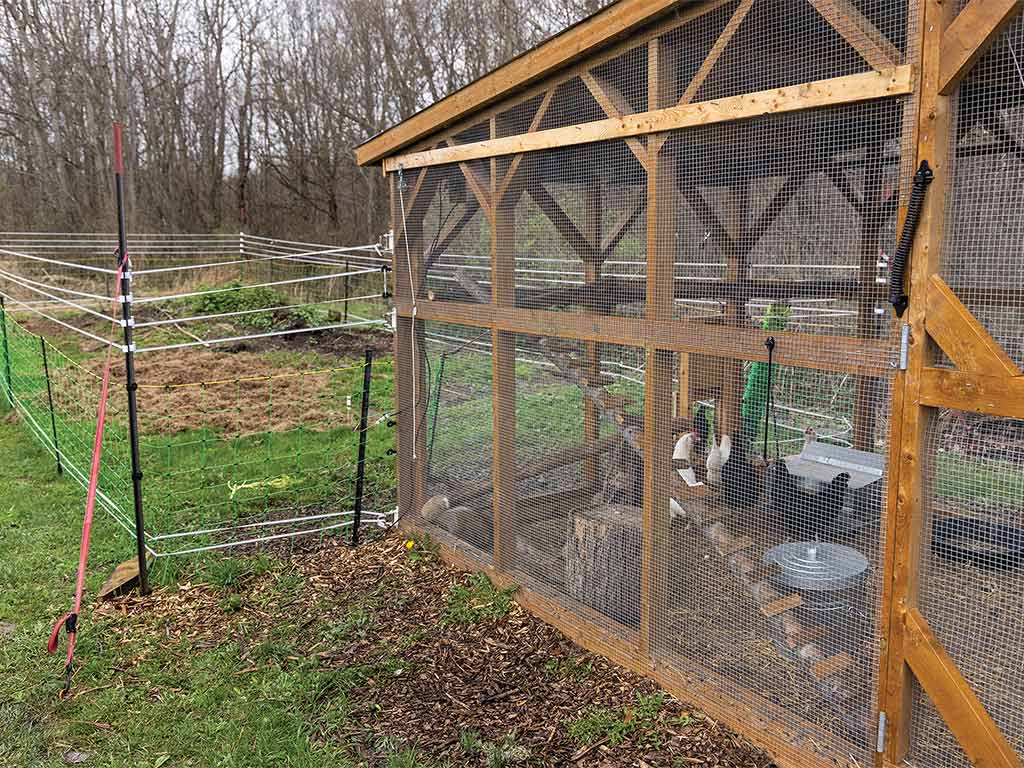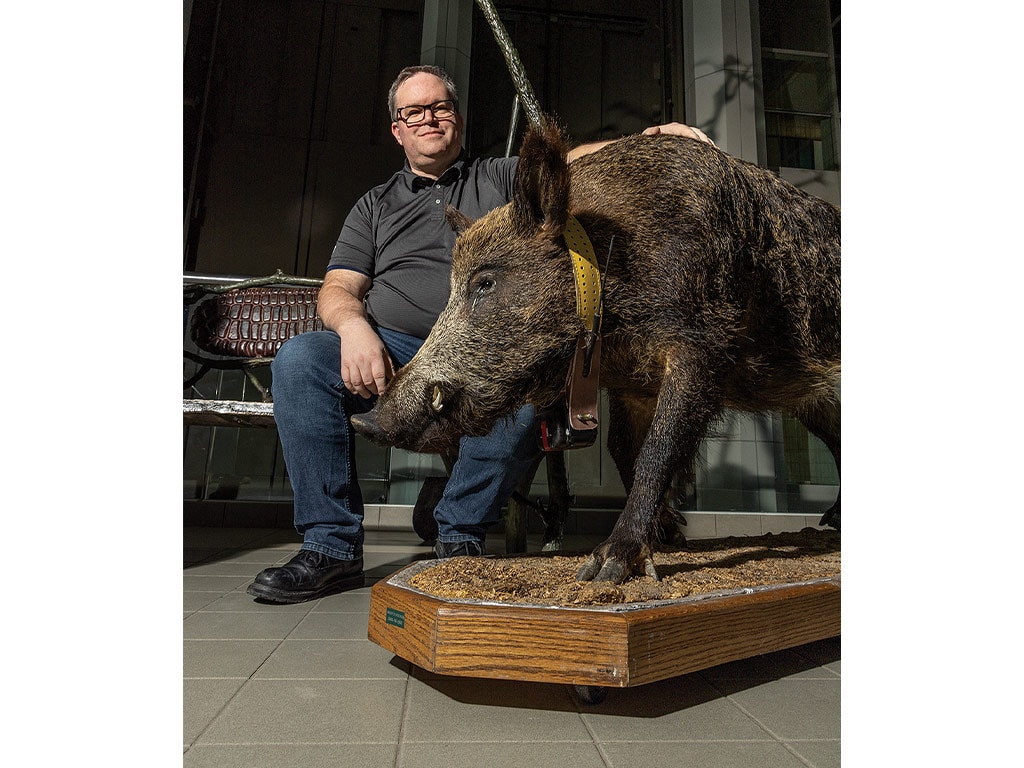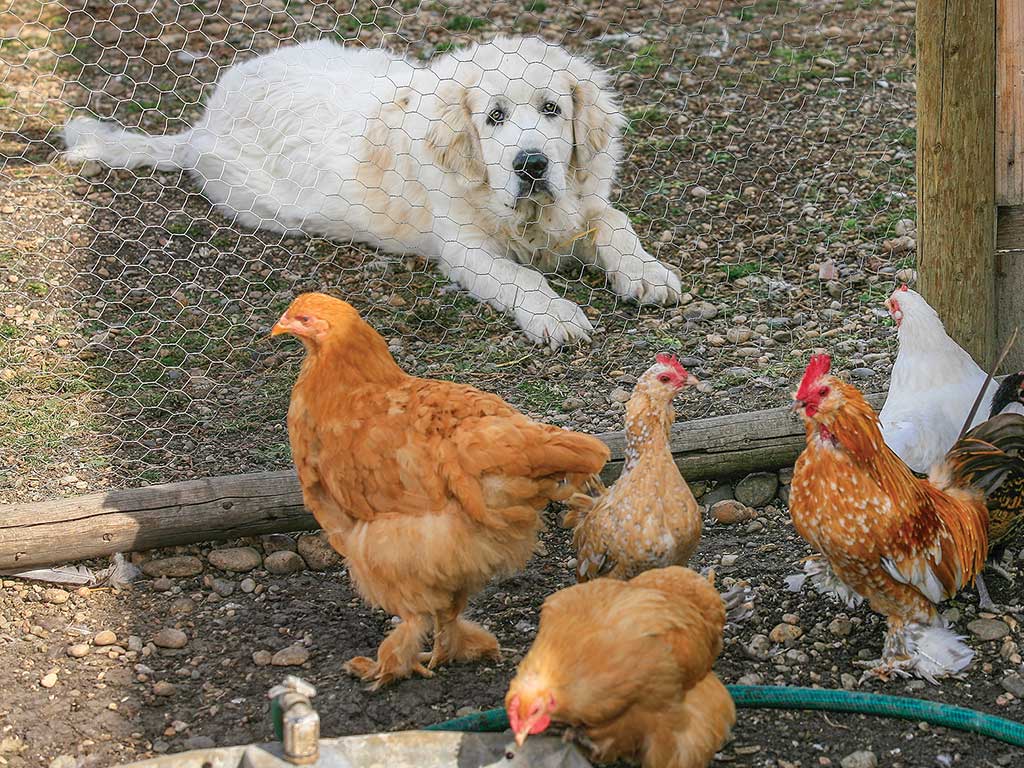Rural Living September 01, 2024
Troublesome Neighbors
Living in the countryside means sharing your outdoor experience.
by Lorne McClinton
There's something magical about seeing a small herd of white-tailed deer in the early morning mist. It's the type of scene that draws people to acreage life in the first place. At least it's wondrous until you realize that they are munching away on thousands of dollars' worth of trees, shrubs, and perennials. Grrrr, who's up for deer sausage?
Wildlife comes with the territory when you live beyond the city lights. For the most part that's a good thing, but you must be prepared to deal with animals doing animal things.
Deer, rabbits, and mice will cause havoc with your young trees. They love the fresh produce you are growing in the garden too. Raccoons are infamous for harvesting sweet corn. Foxes enjoy chicken dinners, and coyotes and birds of prey consider your small dogs and cats to be tasty snacks. In some regions larger omnivores like bears and wild boar can be a threat to people, too.
Which control method is the best choice comes down to the type of pest you are dealing with. Trained guard dogs and other animals are often used to keep livestock safe from larger predators. But many like keeping a few predators around. Coyotes and foxes keep the numbers of the mice, rabbits, and other rodents down.
The simplest way to deal with unwanted wildlife is to scare them off. There are many products on the market for this. They include ultrasonic repellers, motion-activated lawn sprinklers, noise makers, motion-activated lights, fluttering plastic tape, and fake predators like plastic owls. Animals do get used to these and will adapt to them over time.
Electric fences are particularly useful for keeping deer and rabbits out of gardens, too. A low fence, just two to four inches, or the electric net fencing sold by many suppliers are very effective for keeping rabbits out.
Above. Chickens are a natural prey for many predators. Install good fencing that extends into the ground to thwart them. Ryan Brook from the University of Saskatchewan says wild boar have become a serious problem in parts of Canada and the U.S. Many use guard dogs and donkeys to protect their animals from predators. Foxes kill chickens but they're also very effective at controlling rodent numbers so think twice before scaring them off.
Deer's agility creates special problems. They can jump a standard fence with ease, so to be effective they need to be at least 10 feet high.
One alternative to building a fence that would look more natural surrounding a prison than your garden is to construct a 3D electric fence to keep deer, elk, and moose out. Michigan State University (MSU) Extension's wildlife management publication, "White-tailed deer," explains that deer have poor depth perception. So, if you deploy two separate parallel electric fence lines three feet apart, deer see a 3D illusion of a much bigger fence and are hesitant to try and cross it.
The Peace River Forage Association includes a 3D fence design on their website (peaceforage.bc.ca). The inner fence has three electric wires—one 16 inches above the ground, one at 32 inches, and a third at 48 inches. The outer fence, built three feet outside the inner one, has a single wire 34 inches above the ground. Scent caps are added to the fence that will attract deer to touch the wire and receive shocks on their sensitive noses. They're very effective for keeping deer out.
The MSU publication also recommends protecting young individual trees from deer and rabbits with trunk guards. These are constructed by wrapping paper or plastic wraps around the trunk to prevent wildlife from girdling the bark. It cautions that these need to be periodically reapplied to prevent them from cutting into the bark and preventing insect infestations. They can also be protected by building wire cages around them.
A mesh fence is also the first line of defense to protect chickens from predators like foxes. Burying the perimeter of it at least a foot into the ground keeps burrowing predators from digging underneath it. They also contain your birds to keep them off the neighbor's property.
For the most part, wildlife will try to avoid direct contact with humans. They've learned that we are one of their fiercest predators. You can reinforce this basic fear instinct by not letting the animal get too comfortable around you. You can keep them off balance by shouting, or throwing stones to scare them whenever you see one.
One of best deterrents for coyotes or bears is to eliminate any food sources on your property. Secure your garbage bins and don't feed your pets outside.
No control or deterrence measures will be 100% effective. So to a large extent you'll have to learn to accept that you'll always have a few troublesome neighbors around. After all, when you moved to the country, you chose to move into their backyard. ‡
Read More

AGRICULTURE, SPECIALTY/NICHE
Antique Apples
The quest to preserve ancient varieties.

AGRICULTURE, SPECIALTY/NICHE
Whiskey to Remember
Flyover Whiskey commemorates farmers' corn harvest.





